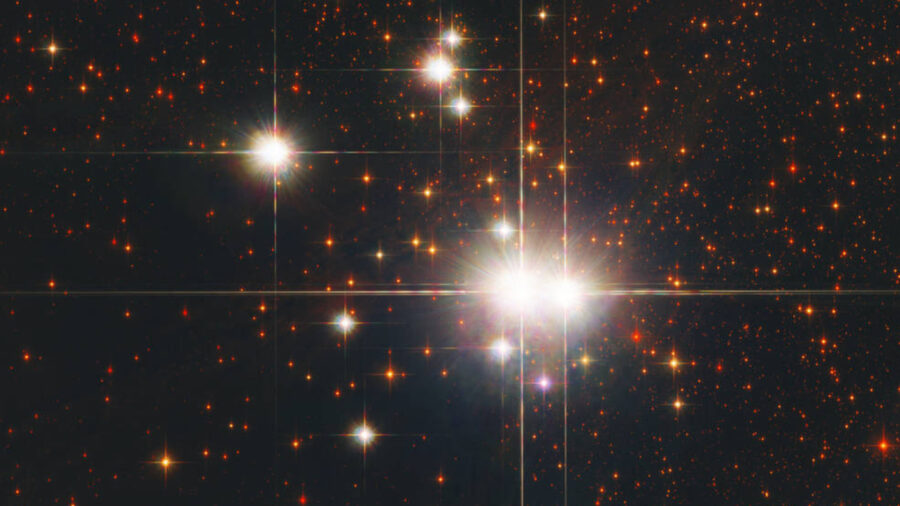River Of Stars Discovered Running Through Space

There have been plenty of cool non-traditional rivers. Ghostbusters II had a river of slime, and Doctor Who has River Song, but perhaps the coolest river that doesn’t contain a single drop of water is the river or stars currently winding their way through space. According to Science Alert, astronomers have recently discovered a stream of stars flowing through a cluster of galaxies some 300 million light-years from Earth.
The Stellar Stream

Known as a “stellar stream,” this river of stars is the longest one of its kind on record. The newly named Giant Coma Stream comes in at approximately 1.7 million light-years in length and is the first to be observed outside of a galaxy. It’s also something of a miracle.Galaxy clusters are dynamic and gravitationally complex environments. They aren’t considered the healthiest place for a river of stars to exist, and yet, somehow, the Giant Coma Stream manages to do just that. This discovery will help researchers to study galaxy clusters in greater detail—including the clumpy dark matter found within them.
Discovered By Accident

Even more impressive is the fact that this phenomenon was discovered purely by accident. “This giant stream crossed our path by coincidence,” claimed observational astrophysicist Javier Román of the University of Groningen in the Netherlands and the University of La Laguna in Spain. The astrophysicist was supposed to study “halos of stars located around large galaxies” when he came across the river of stars.
The Milky Way’s Own River Of Stars

Here at home in the Milky Way, stellar streams are a pretty common occurrence. The rivers of stars in our own backyard are theorized to be the remains of a dense globular star cluster that was ripped apart by the Milky Way’s tidal forces. Despite being common, these streams are hard to identify as what they are due to the relatively low amount of light the streams give off. Farther off in intergalactic space, the very same dimness makes it easy to mislabel a stellar stream or even miss it completely.
Easier Than Ever To Spot

Recent advances in telescope technology and analytical techniques, however, have made it much easier to see things with a faint glow, like the Giant Coma Stream. New tools like the James Webb Space Telescope have made it easier than ever for researchers to spot a river of stars like the one in question and study it in greater detail than was ever thought possible. The discovery of the Giant Coma Stream has researchers hopeful that they could find similar structures in other galactic clusters. Ramon and his crew used the 0.7-meter Jeanne Rich Telescope and the 4.2-meter William Herschel Telescope to observe the stream. They are hoping that the use of an even bigger telescope could help them get a closer look at the river of stars and find out if it contains any secrets we don’t already know about.
A Beterr Understanding Of Dark Matter

“We would love to observe individual stars in and near the stream and learn more about dark matter,” said astronomer Reynier Peletier of the University of Groningen. Indeed, it’s the high amount of dark matter—a substance we still don’t know much about—contained within galaxy clusters like the one housing the Giant Coma Stream river of stars that scientists are especially excited to study more of.












